The ETH Board has appointed Jürg Schweizer Adjunct Professor at ETH Zurich. Application-oriented research is particularly important to the Head of SLF and Member of the WSL Directorate.
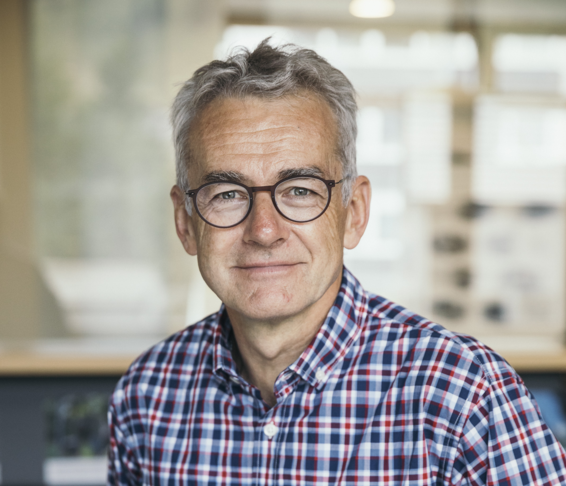
Jürg Schweizer has always had a broad range of interests. That's why he decided to study environmental physics, which taught him chemistry alongside physics, eliminating the need to choose just one of these subjects. Initially, the student from Thurgau had no clear career plan. All he knew was that his future profession would have something to do with physics, if possible combine with mountaineering, snow and, ideally, skiing. After graduating, the post he landed as a research associate at the SLF on the Weissfluhjoch above Davos turned out to be a godsend: "It enabled me to make a profession of my hobby, something for which I'm still thankful today".
Avalanche formation
How and when the snowpack fractures and under what conditions that break spreads across an entire slope, forming an avalanche, is something that Jürg Schweizer and his team are researching by conducting experiments both in the cold lab and in the field as well as via digital simulations. Schweizer's research has shaped the fracture mechanical view of avalanche formation, whereby avalanches are seen as a fracture process originating in and then propagating through the snowpack. In this context, not just the properties of the weak layer, but also those of the snow slab are essential.
Application-oriented research
Both conducting and applying research have always been very important to Jürg Schweizer. In the wake of the analysis of the avalanche winter 1999, the need to make local avalanche services more professional emerged, and between 2001 and 2010 he was in charge of the newly launched SLF Snow and Avalanche courses. To date, more than 1,000 avalnche professionals have attended these courses. Even today, Schweizer still takes time to pass on his knowledge in some courses. "I find contact with practitioners extremely valuable", says the SLF Head, who is among the top three most frequently cited researchers in the field of snow and avalanches, as well as being a highly regarded expert witness in court. "Not only can I pass on knowledge, I also experience practitioners' needs and concerns first hand." It was also Schweizer, Head of the Snow Avalanches and Prevention research unit, who in 2009 brought the ISSW, the most important gathering of snow and avalanche professionals, to Europe – more specifically Davos of course – for the first time. Now, the conference takes place alternately in Europe and overseas.
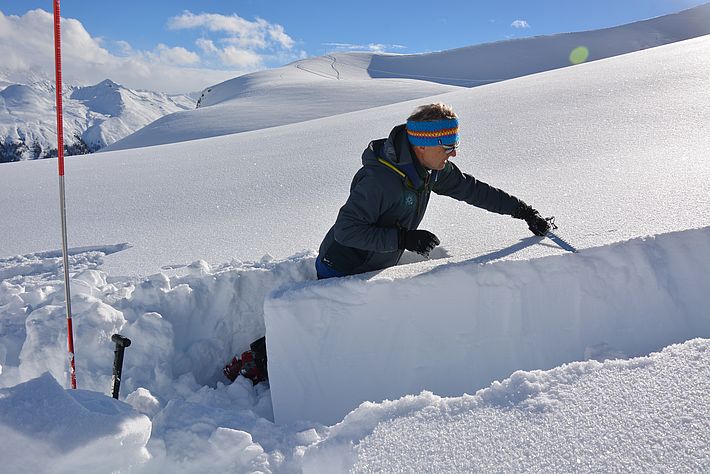
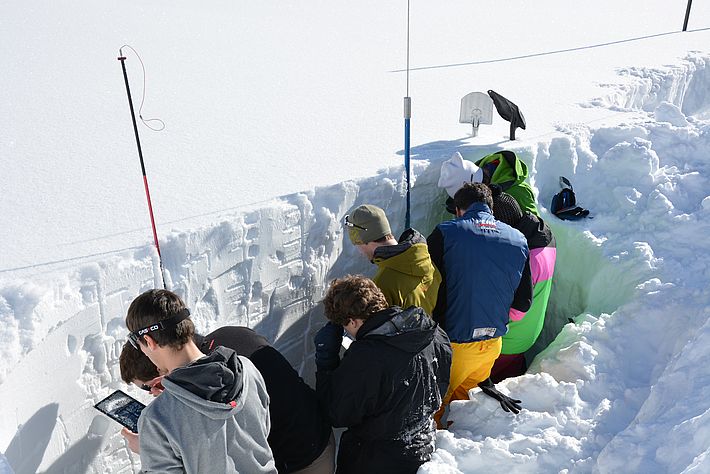
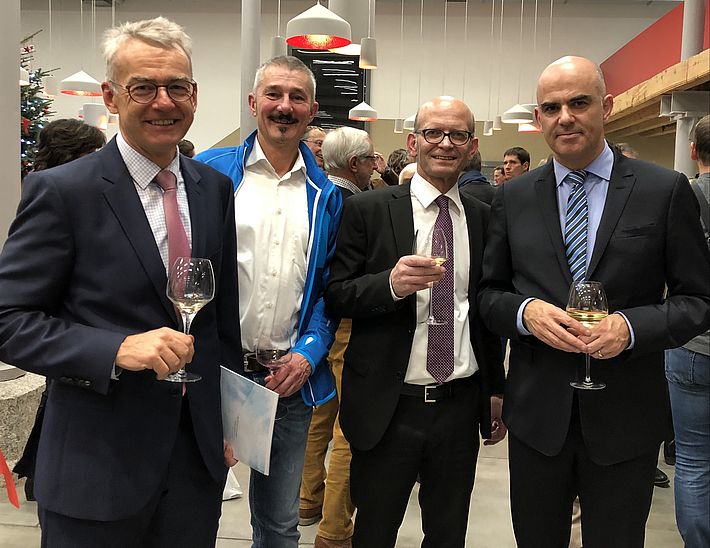
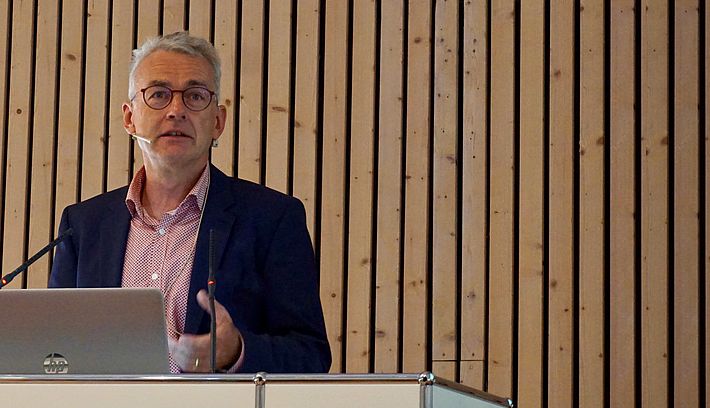
The conferences Forum für Wissen and Avalanches and Law organised by the SLF at the Davos Congress Centre, both of which are very well attended, provide further opportunities for exchanges between researchers and practitioners. The lecture on Snow and Avalanches: Processes and Risk Management, given by Schweizer at the ETH Zurich together with his SLF colleague Stefan Margreth, is also very popular. Furthermore, Schweizer fosters the promotion of young scientists, primarily by supervising PhD students. He finds discussions with young researchers very enriching and endeavours to promote the careers of the next generation of snow researchers.
Climate change and the Alps
However, Schweizer's view extends even further than this: together with researchers at the WSL he initiated the interdisciplinary CCAMM. Significant changes are expected, especially in high alpine regions: Natural hazards in the form of snow and rock avalanches, mudflows, rockfalls and thawing permafrost will increase. The important thing here is to "think the unthinkable and devise scenarios for potential cascades of hazardous processes", said the father of three children. This is also something the SLF's 140 employees are working on, with a view to ensuring the swift translation of research into practical apllication.
Jürg Schweizer studied environmental physics at the ETH Zurich, graduating in glaciology in 1989. He started his career as a researcher at the SLF, then went on to become a Research Fellow at the University of Calgary. In 2006, he was appointed head of a research group then called Formation of Alpine Natural Hazards. Since 2011, he has been Head of the Snow Avalanches and Prevention research unit. He is also Head of the SLF and a Member of the Directorate of the Swiss Federal Institute for Forest, Snow and Landscape Research (WSL) in Birmensdorf. From 2013 to 2017, he was President of the Division on Cryospheric Sciences of the European Geosciences Union (EGU) and Editor-in-Chief of the journal Cold Regions Science and Technology.
Contact
Copyright
WSL and SLF provide image and sound material free of charge for use in the context of press contributions in connection with this media release. The transfer of this material to image, sound and/or video databases and the sale of the material by third parties are not permitted.